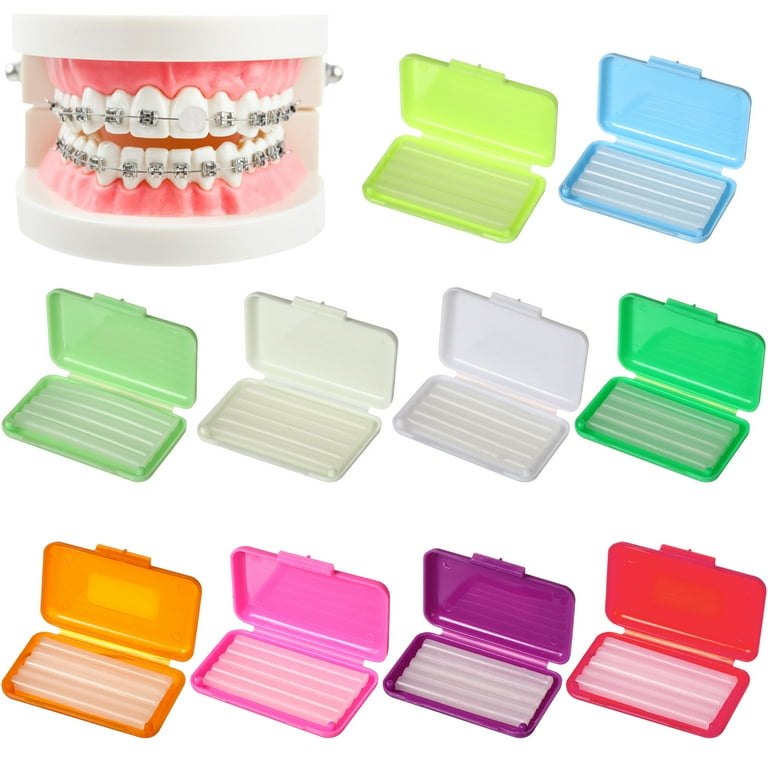Leading Tips for Selecting the very best Cumming Orthodontist for Braces and Aligners
Leading Tips for Selecting the very best Cumming Orthodontist for Braces and Aligners
Blog Article
Comprehensive Guide to Orthodontics Treatments for Dealing With Dental Imbalances
Comprehending the intricacies of each treatment, including their devices, benefits, and potential drawbacks, is vital in making educated decisions about one's orthodontic treatment. As we navigate through the extensive guide to orthodontic procedures for correcting oral imbalances, the complex details of each technique will certainly unfold, losing light on the path towards a unified and practical oral placement.
Orthodontic Procedures Summary

Along with typical braces and clear aligners, orthodontists may likewise suggest other treatments like headwear, palatal expanders, or retainers to address details placement concerns (orthodontics). These procedures are tailored to every individual's distinct requirements and might entail a mix of therapies to accomplish the preferred outcomes. Normal adjustments and tracking are crucial components of orthodontic treatment to guarantee progress gets on track and to make any required adjustments along the road. By undergoing orthodontic procedures, people can not just attain a straighter grin yet also improve their total oral health and function.
Conventional Braces: Exactly How They Work
When taking into consideration orthodontic treatments for oral imbalances, typical braces stick out as a reliable method for fixing teeth placing. Conventional braces contain brackets, cables, and bands that interact to use continual pressure on the teeth, progressively moving them into the wanted placement. The braces are affixed to the teeth using an unique adhesive, and the wires are threaded via the brackets. By adjusting the tension of the wires, orthodontists can manage the instructions and pressure applied to each tooth, leading them into correct placement with time.
One trick element of just how traditional dental braces job is the process of bone renovation. As pressure is put on the teeth through the dental braces, the bone surrounding the teeth is reshaped to support the brand-new tooth positions. This makeover is crucial for the long-lasting security of the fixed placement. Clients will require normal adjustments at the orthodontist's workplace to make sure the dental braces remain to apply the proper stress for efficient teeth motion.
Unnoticeable Aligners: Disadvantages and pros
Undetectable aligners offer a convenient and very discreet alternative to typical dental braces for fixing dental imbalances. These clear, custom-made trays are virtually invisible when worn, making them an enticing alternative for individuals looking for a much more aesthetically pleasing orthodontic therapy. One of the primary advantages of unseen aligners is their removability, permitting much easier maintenance of dental health compared to conventional dental braces. People can get rid of the aligners prior to eating or brushing their teeth, minimizing the danger of food obtaining stuck in the appliance and simplifying the cleaning process.

Surgical Orthodontic Options
Surgical interventions in orthodontics existing practical alternatives for addressing complex oral imbalances that might not be effectively resolved through traditional orthodontic therapies. While traditional braces and invisible aligners can remedy numerous orthodontic concerns, specific instances call for surgical intervention to attain ideal results. Surgical orthodontic options are usually suggested for extreme malocclusions, considerable jaw disparities, and cases where the underlying bone structure requires modification to achieve appropriate positioning.
One common surgical orthodontic treatment is orthognathic surgery, which entails rearranging the jaws to remedy practical concerns such as trouble eating or talking. This surgical treatment is usually executed in partnership with an orthodontist who aids line up the teeth prior to and after the procedure. Surgical orthodontics may likewise include treatments to reveal affected teeth, get rid of excess periodontal cells, or improve the jawbone to create a much more harmonious face profile.
Prior to considering surgical orthodontic alternatives, patients undergo a thorough assessment to establish the requirement and potential advantages of such interventions. cumming braces. While surgical procedure might appear challenging, it can substantially improve both the function and looks of the smile in instances where conventional orthodontic therapies drop short
Retainers and Post-Treatment Care

Post-treatment treatment includes complying with the orthodontist's instructions diligently. This might include correct dental health techniques, going to follow-up appointments, and wearing the retainers as suggested. Failing to abide by post-treatment treatment guidelines can result in regression, where the teeth slowly move back towards their original settings. Regular retainer wear, excellent dental health, and routine oral exams are essential for maintaining the outcomes attained with orthodontic surgical treatment and guaranteeing the lasting stability of the fixed oral placement.
Conclusion
In verdict, orthodontic treatments provide numerous choices for dealing with oral misalignments. Typical dental braces utilize metal brackets and wires to shift teeth into correct alignment. Unnoticeable aligners give an even more discreet choice however might not appropriate for all instances. Surgical orthodontic alternatives are readily available for more serious imbalances. Retainers are typically made use of post-treatment to keep the brand-new alignment. Overall, orthodontic treatments can effectively boost dental health and aesthetic look.
As we navigate with the comprehensive overview to orthodontic treatments for fixing dental misalignments, the complex details of each method will certainly unravel, dropping light on the course towards a practical and harmonious oral placement. - orthodontics
One of the most usual orthodontic treatments is the use of braces, which consist of steel brackets and wires that use mild stress to progressively shift teeth right into the wanted placement.When taking into consideration orthodontic treatments for dental imbalances, typical braces stand out as a reliable approach for fixing teeth placing. Additionally, read the article undetectable aligners may not be appropriate for complex orthodontic problems that require more considerable teeth activity, as they are usually recommended for light to moderate instances. Retainers are personalized orthodontic devices designed to hold teeth in their fixed positions after the completion of orthodontic therapy.
Report this page